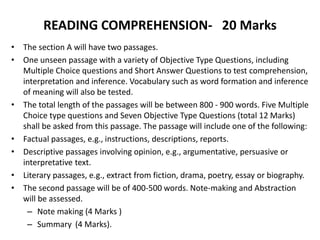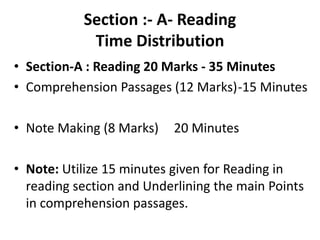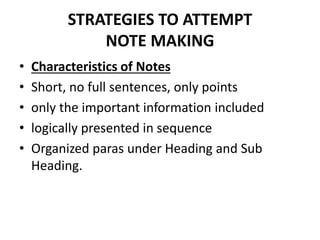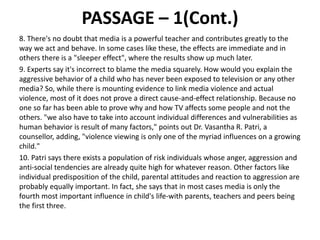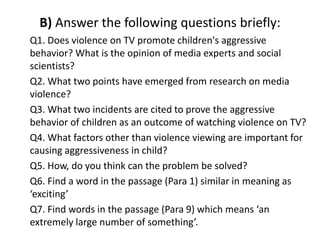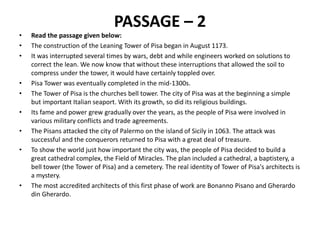- The passage discusses the debate around whether viewing media violence can promote aggressive behavior in children.
- Several studies have found that the more violence children watch on TV, the more likely they are to act aggressively and the less sensitive they are to others' pain. However, experts say media is not the sole cause and individual differences also play a role.
- While media violence is linked to actual violence, the relationship is not directly causal. Other important influences include parenting, teaching, peers, and a child's own predispositions. Good parenting can help defend against negative impacts of violent images. Ultimately, both media content and education need attention to reduce potential harms.

